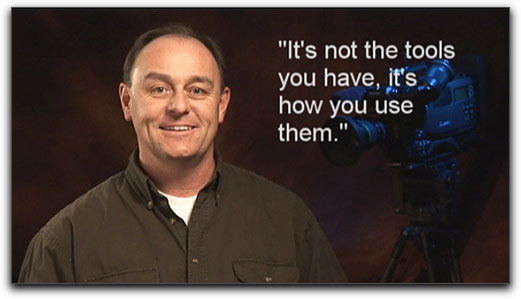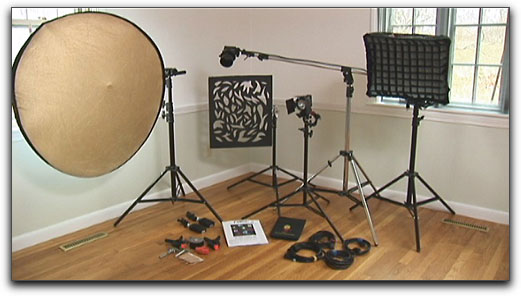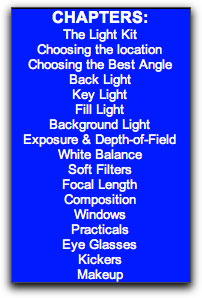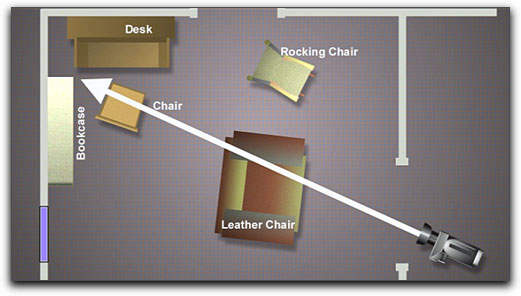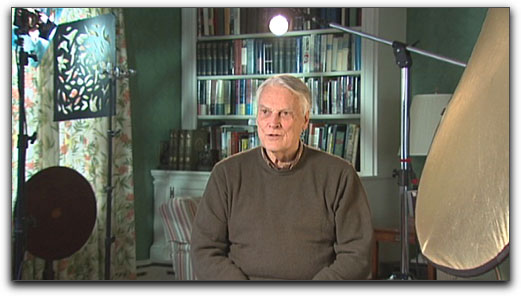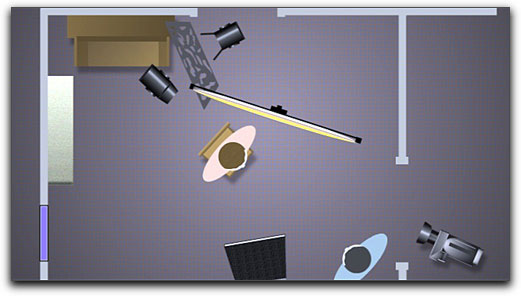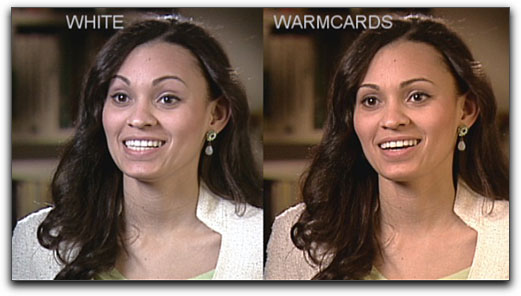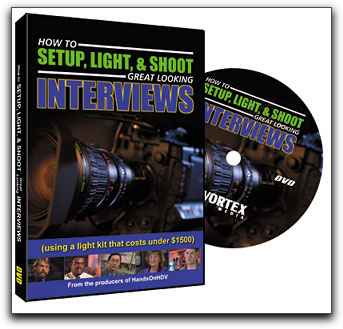
May 8, 2006
(using a light kit that costs under $1500)

Produced by Vortex Media $39.95
Review by Steve Douglas
There are many ways to learn about lighting. Unfortunately, many hobbyists and amateur shooters get their new camcorders, briefly, if at all, glance at the manual, and run out and shoot. "Lighting? What's that? Hey, the sun is out, I'm cool." Or to paraphrase the line in the film Sierra Madre, "Lighting? Lighting? I don't need no stinkin' lighting." Those in the know, know better.
Now, there are several ways to learn about lighting. One, you can take an expensive seminar class where, it is more than likely, you will see a plethora of great lighting equipment (frequently out of your wallet's possibilities) demonstrated and used while you watch and take notes. Usually, there is not too much, if any, hands on practice in these classes. Two, you can buy books on lighting whose lighting effects you hope you will be able to duplicate with the equipment that you may have, but often don't. Three, you can read the articles on lighting found in many of the current video magazines with the same caveat found in #2. Four, you can gain the experience on the job. This is a great way to learn as long as you don't blow a shoot while moving up the learning curve. If you are apprenticing to a lighting expert, you're in luck. This is, surely, the absolute best way to master the craft.
Vortex Media has come out with a fifth way to learn the art of lighting interviews with an excellent and inexpensive 60 minute DVD which covers just about all you need to be aware of and learn for lighting interviews. Within this DVD literally everything is covered, from the specific equipment you will need within a tight $1500.00 budget to how to set up a room and the considerations you will have to be aware of to utilizing the most advantageous Focal length. What surprised me was that in the first disc chapter covering the light kit itself, Doug Jensen, the amicable narrator and a man with over 25 years of lighting and shooting experience, suggests specific brand names for various individual pieces. Think about it... usually, if a company like Lowel Lighting sponsors a production, than we could expect to see nothing but Lowel Lights used. While they are an excellent company with excellent products, who is to say that, every piece is the piece for us. However, in this Vortex Media DVD, Doug Jensen suggests a variety of brand names for specific pieces while creating a relatively inexpensive lighting kit for those who haven't yet bought their own. This is tantamount to finding an honest politician, one who hasn't been bought out, and a very rare thing.
